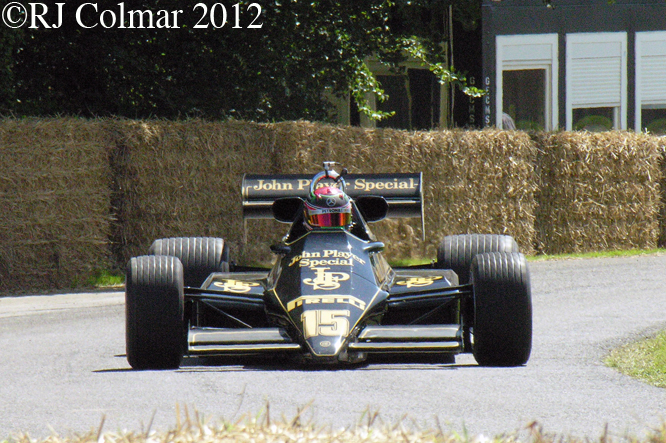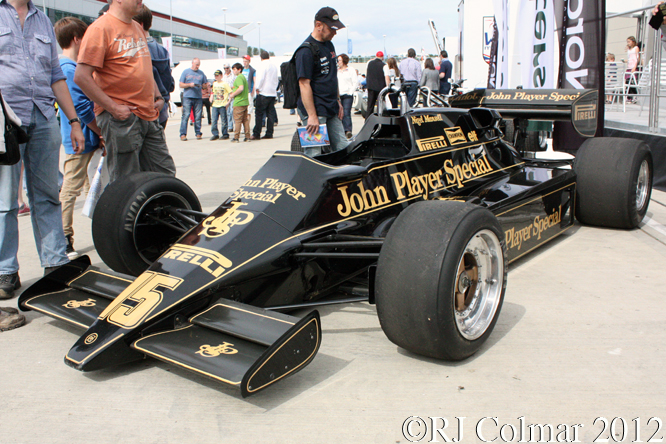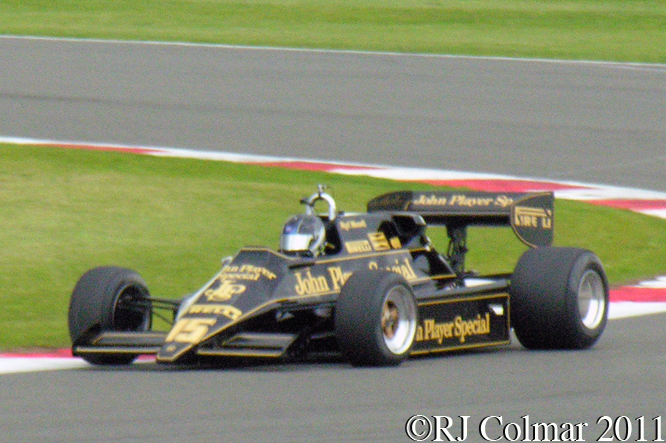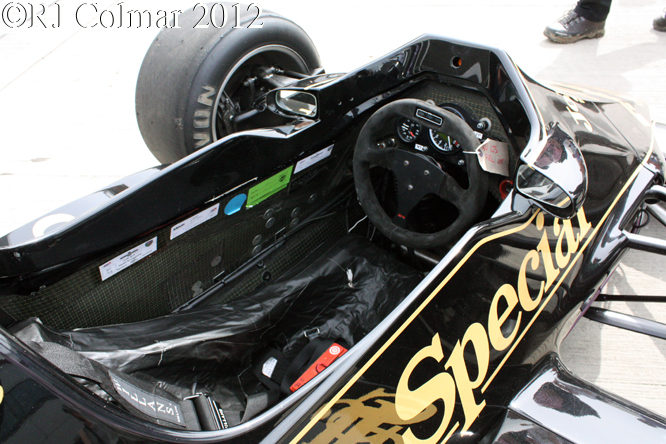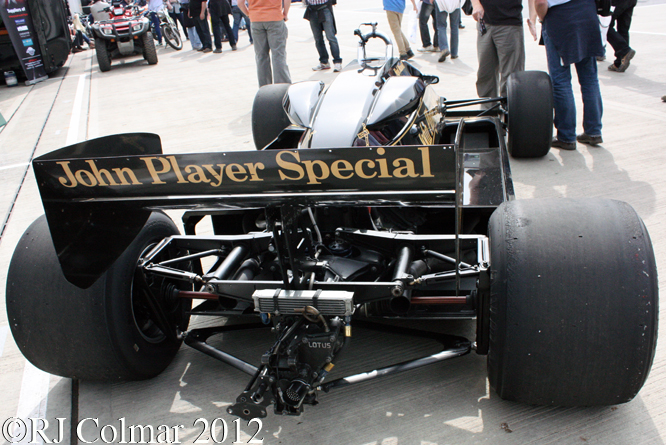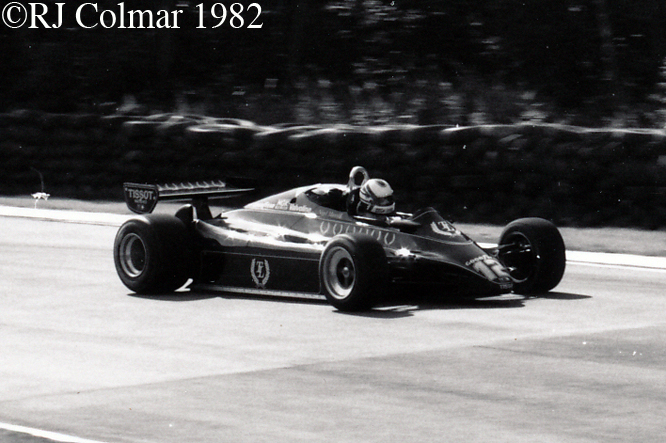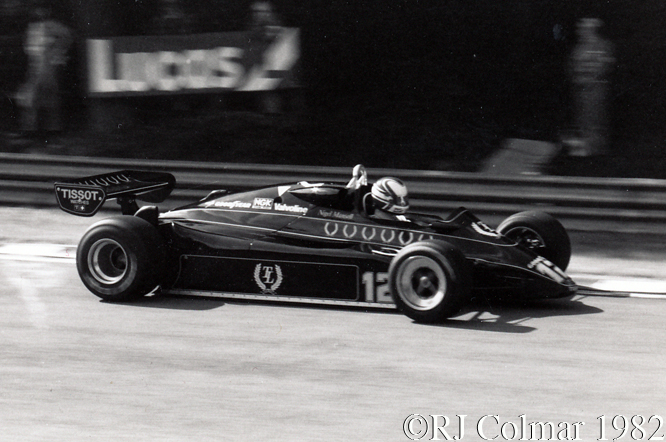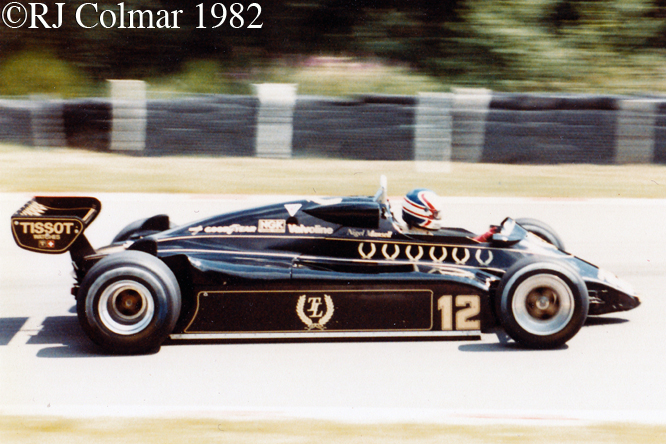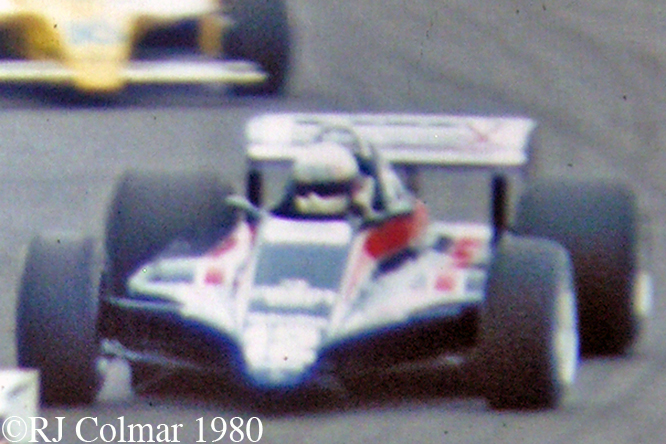As the 1983 Grand Prix season approached the halfway mark Team Lotus who were running a Renault Turbo powered Lotus 93T for Elio De Angelis and a Ford Cosworth powered Lotus 92 for Nigel Mansell had scored but one point and many retirements.
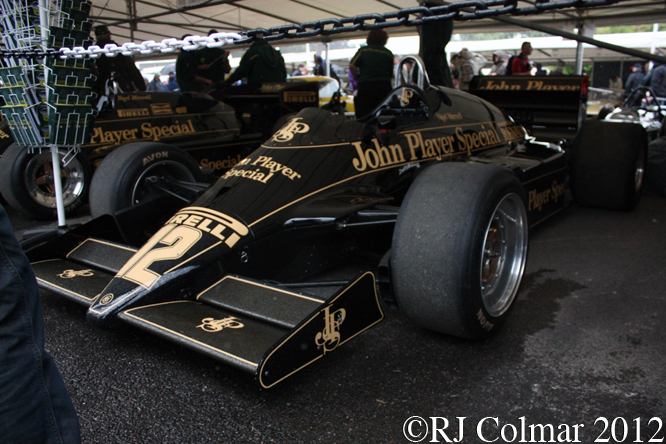
Without there erstwhile genius Colin Chapman who had died in December 1982 Peter Warr who found himself in charge of Lotus Formula One team took a gamble and hired Gerard Ducarouge who had been fired from the Alfa Romeo team earlier in the season.

Ducarouge who had penned winning designs for Ligier came up with the new Lotus 94T in just 42 days and Team Lotus turned up with two of the Renault powered cars at the British Grand Prix held at Silverstone.
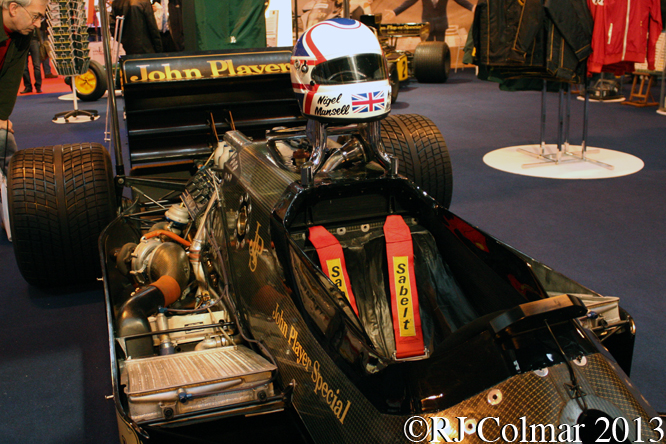
De Angelis qualified 4th and Mansell 18th but in the race it was Mansell who finished 4th while de Andelis retired on the 2nd lap with turbo failure. At the next race in Germany neither car qualified in the top 10, only de Angelis’s 94T made it to the start and he retired after 10 laps with engine failure.
At the Austrian Grand Prix Mansell qualified 3rd with de Angelis 12th, Mansell finished 5th while de Angelis retired after a collision on the opening lap. In Holland de Angelis qualified 3rd and Mansell 5th but both cars retired de Angelis with electrical problems and Mansell after a spin.
At de Angelis’s home track Monza he qualified 8th with Mansell back in 11th both cars finsihed for the the first time with de Angelis 5th and Mansell in 8th.
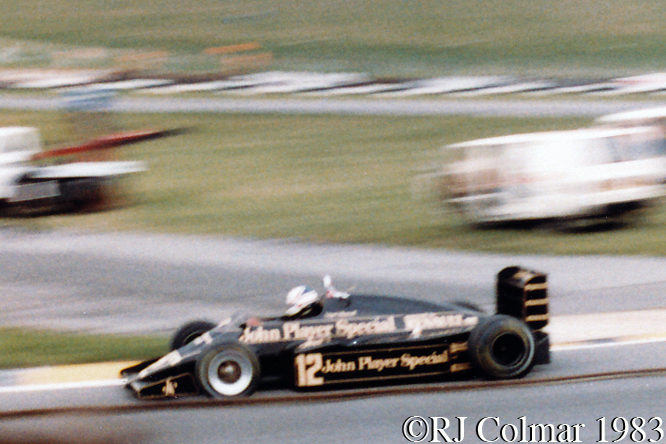
The 1983 European Grand Prix was held at Brands Hatch and de Angelis scored Lotus first post Chapman pole position with Mansell seen here on his way to 3rd on the grid. In the race de Angelis oil pump failed but Mansell came home third, recording the races fastest lap in the process.
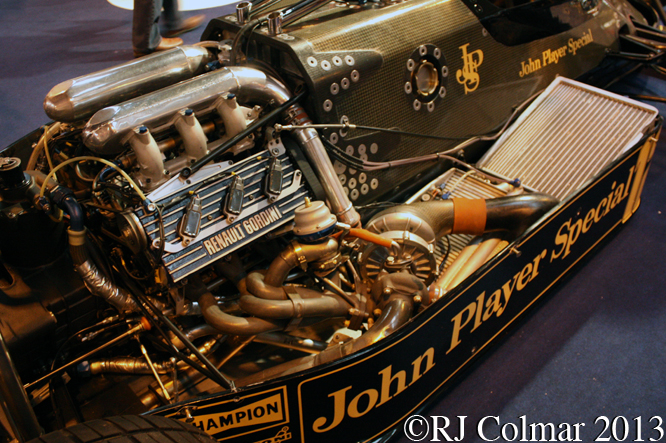
At the last race of the season in South Africa Mansell qualified 7th with de Angelis in 11, Elio retired with engine failure while Nigel was running but unclassified 9 laps behind at the end of the race.
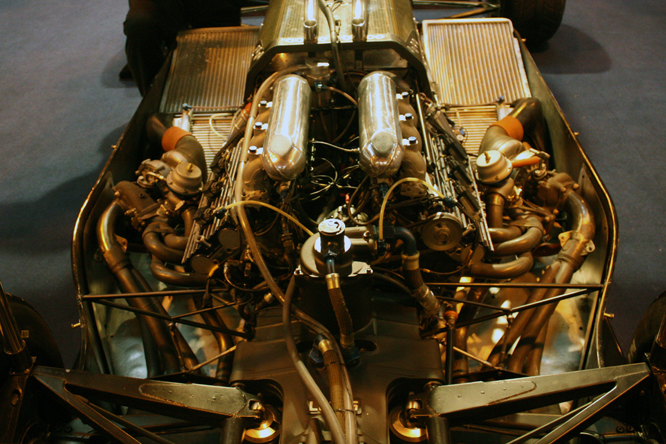
The Renault Gordini EF1 V6 Turbo was considered a bit of a joke when first seen at the British Grand Prix in 1977 but steady development had seen a rise in horsepower and reliability that forced first Ferrari and then BMW to take the turbo charged route to competitiveness at motor racing’s top table.
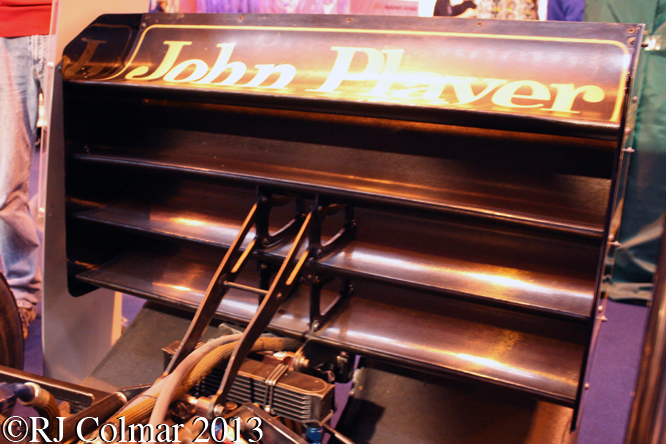
Lotus had first dabbled with a multi plane rear wing in 1974 with the type 76, Gerard Ducarouge was on his own in the Grand Prix paddock with the four plane rear wing seen here, it was not a feature that carried over into the following season.

In 42 days Gerard Ducarouge had turned the fortunes of Lotus around they finished the season with 12 points 11 of which were claimed with the new car. Due to the immediate improvement in results John Player Special renewed their sponsorship of the team for the 1984 season.
The chassis seen in all of the photographs here is #94/2 driven exclusively by Nigel Mansell in the British, Austrian, Dutch, Italian, European and South African Grand Prix.
Thanks for joining me on this “42 Day Wonder” edition of “Gettin’ a li’l psycho on tyres” I hope you will join me again tomorrow. Don’t forget to come back now !


